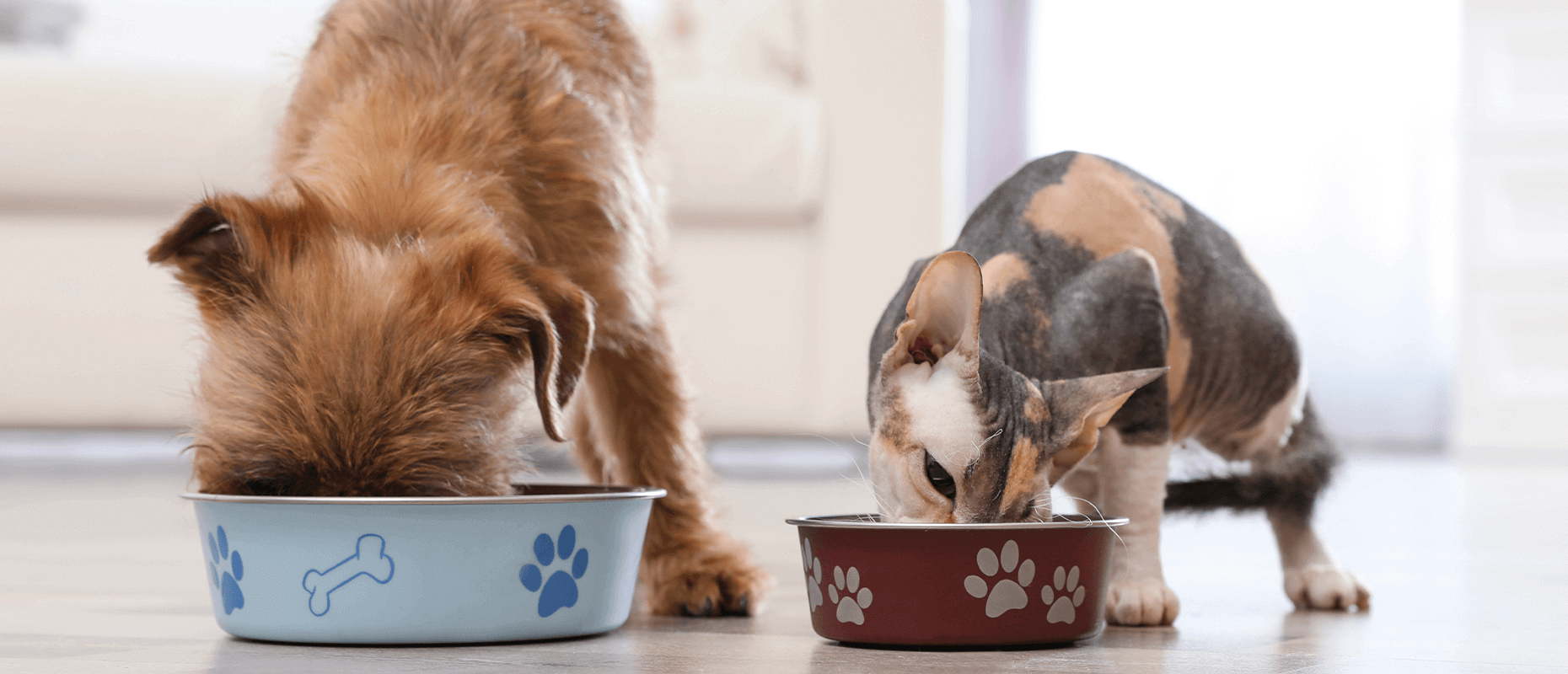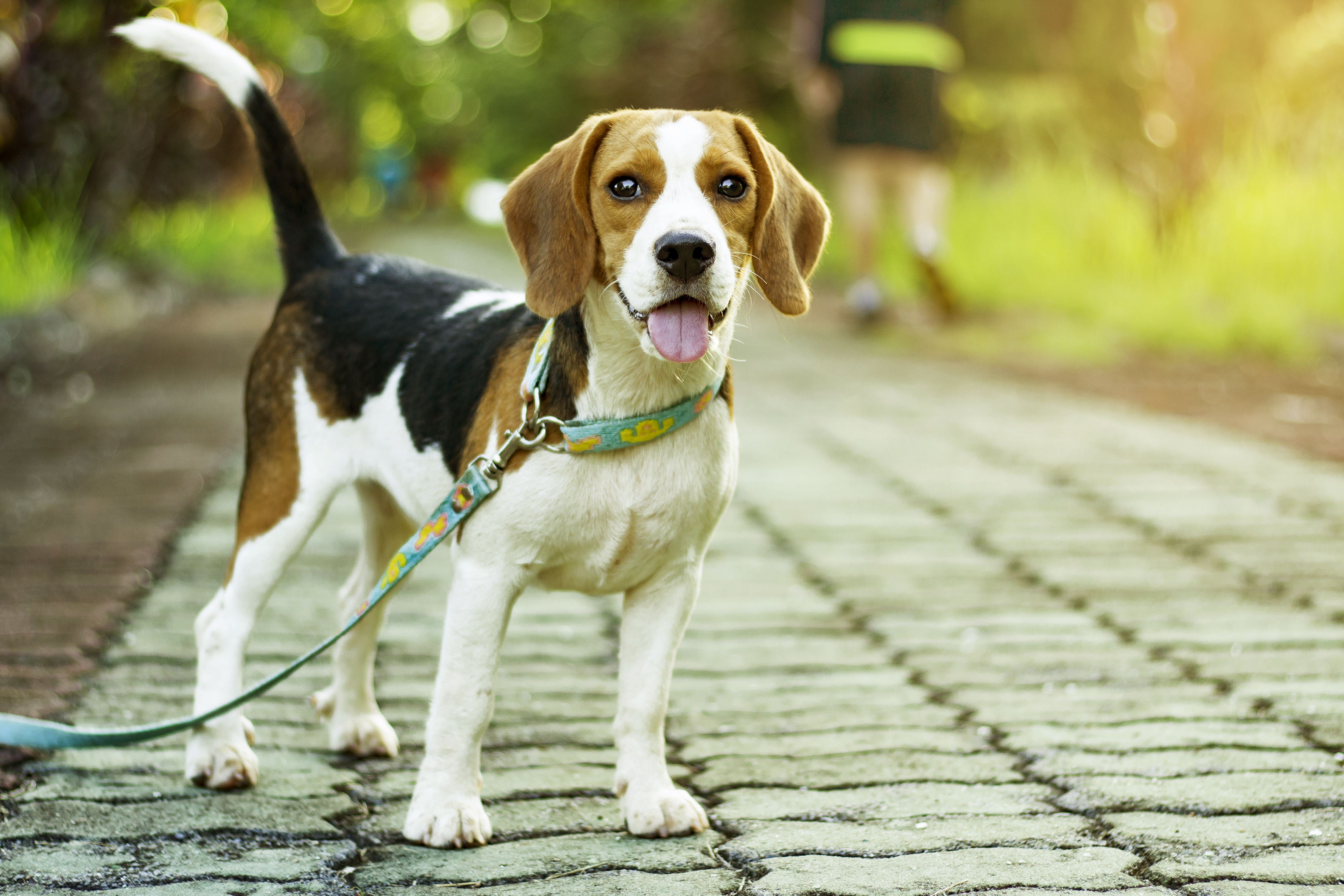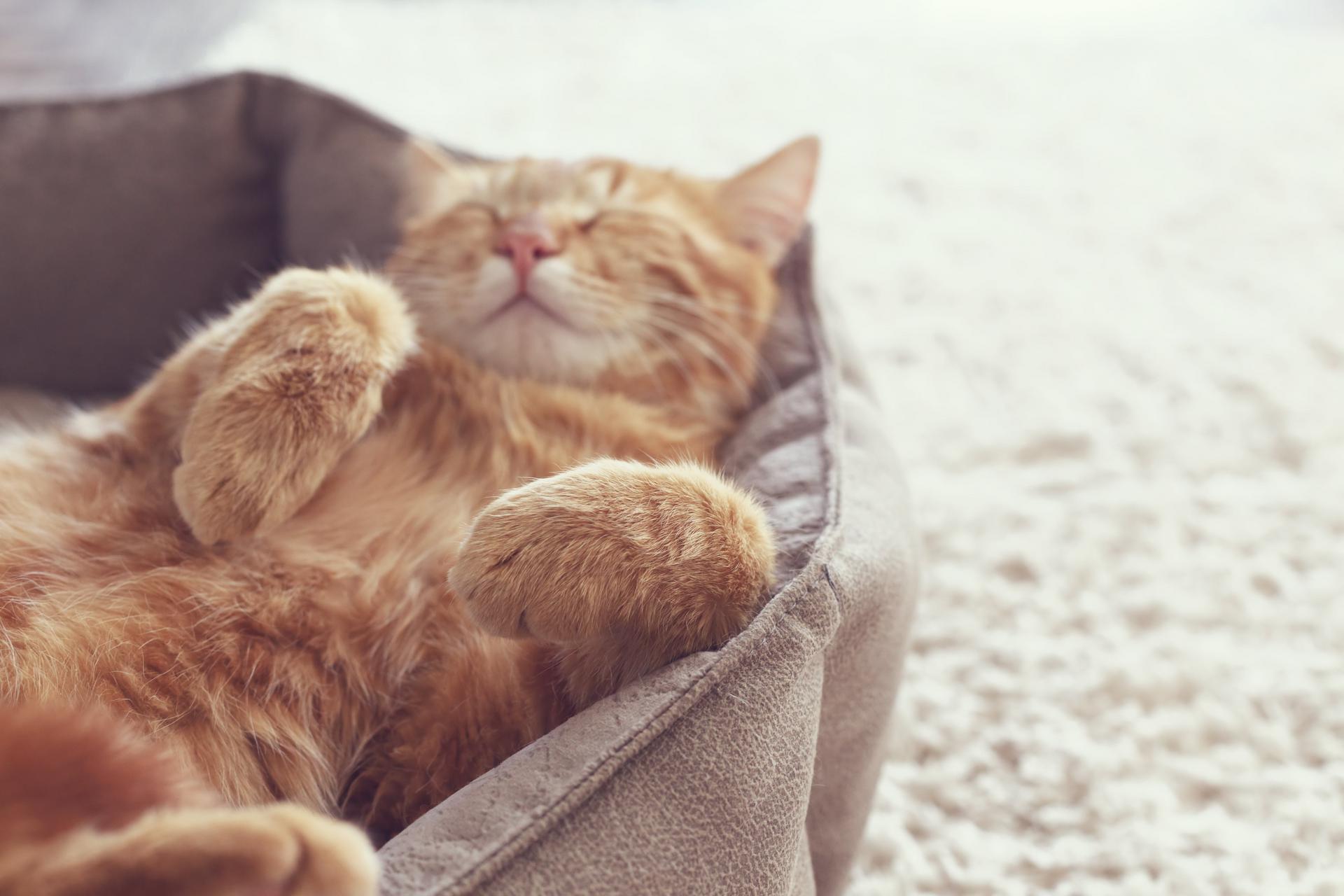How to Clean a Food Container?

How to Clean a Food Container?
When it comes to cleaning, one of the most overlooked areas in the house is your pet's food and water containers. Research shows that pet food containers are full of bacteria and are the fourth most polluted area of the house. Do you think you clean your pet's food containers often enough?
There is a lot of conflicting information when it comes to cleaning food containers and everyone has something to say about it. How often do you need to wash food containers? Questions such as where you need to wash are always in mind...
First, let's quickly figure out the difference between cleaning, disinfecting and sterilizing:
● Cleaning removes germs and dirt using soap and water, but doesn’t kill germs.
● Disinfection kills germs using chemicals, but doesn’t completely clean surfaces.
● Reduces the number of microbes to an acceptable level through sterilization, cleaning or disinfection.
In this article, where we will also talk about these differences, you can learn about the hygiene of pet food container, the prevention of foodborne diseases and best practices for protecting the health of people and animals in the home.
How should I wash the food container?
Washing your pet's food container with hot, soapy water after every meal and washing the water bowls every few days is unfortunately not enough on its own. The FDA (Food and Drug Administration) recommends that you wash your hands with hot water and soap before and after touching your pet's food to prevent the transmission of any infectious disease. You should also avoid corrosive things such as wire sponges to reduce the risk of scratching the surface of the food container.
Just like people's food, pet food that is left out for too long can produce bacteria. Because pets eat directly from their containers, germs that normally live in their mouths can be transferred to pieces of food left in their containers, creating a space for bacteria to thrive.
Some of these microbes are potentially dangerous to pets and humans, and can be health-hazardous, especially for the very young, very old and immunocompromised.
Foods left open
It is important to clean the food containers, but if you want to take precautions before cleaning, there is one more thing to consider. How long can food be left out is a common question for all pet owners. If dogs and cats consume canned food, they usually do not eat all of it, and the food may be at risk of spoilage if left out.
As a general rule, don’t leave open canned and moist foods in the food bowl or refrigerator for more than two hours. This is enough time for bacteria in the food to multiply rapidly and cause foodborne illness.
Is bleach reliable?
Another question that pet owners wonder about cleaning bowls is whether to use bleach in pet dishes. Food containers can be effectively washed with hot and soapy water. When using these products, be careful to choose products that are tongue, paw, respiratory and nose friendly. Our pets are just like us. Therefore, instead of using non-hypolaergenic products, you need to be extra sensitive in this regard. Whether you wash it by hand or in the dishwasher, take care not to leave any food residues in the food containers. Leftover food can harbor bacteria that will continue to multiply after washing.
Give up plastic
We recommend that you choose your pet's food and water bowl from stainless steel or porcelain type materials. You should avoid materials that are easily scratched or contain pores, such as plastic and ceramics, as much as possible. Such bowls can trap bacteria, making it difficult to disinfect.
Alternative solutions for food container cleaning
If you cannot clean your pet's food and water bowls on a daily basis, there are alternative options that can make your life easier and positively affect your pet's health. The most popular of these is to buy multiple containers and rotate them daily if you don't run the dishwasher often.
This will meet the daily need for fresh food and water containers for your best friend. As a result, when pets don't have safe sources for their food to eat, they may avoid eating and drinking and may suffer from weakness and thirst. Perhaps the most important question to ask yourself is this: If you don't eat and drink from the same plates every day, why would your pet do this?
When it comes to cleaning, one of the most overlooked areas in the house is your pet's food and water containers. Research shows that pet food containers are full of bacteria and are the fourth most polluted area of the house. Do you think you clean your pet's food containers often enough?
There is a lot of conflicting information when it comes to cleaning food containers and everyone has something to say about it. How often do you need to wash food containers? Questions such as where you need to wash are always in mind...
First, let's quickly figure out the difference between cleaning, disinfecting and sterilizing:
● Cleaning removes germs and dirt using soap and water, but doesn’t kill germs.
● Disinfection kills germs using chemicals, but doesn’t completely clean surfaces.
● Reduces the number of microbes to an acceptable level through sterilization, cleaning or disinfection.
In this article, where we will also talk about these differences, you can learn about the hygiene of pet food container, the prevention of foodborne diseases and best practices for protecting the health of people and animals in the home.
How should I wash the food container?
Washing your pet's food container with hot, soapy water after every meal and washing the water bowls every few days is unfortunately not enough on its own. The FDA (Food and Drug Administration) recommends that you wash your hands with hot water and soap before and after touching your pet's food to prevent the transmission of any infectious disease. You should also avoid corrosive things such as wire sponges to reduce the risk of scratching the surface of the food container.
Just like people's food, pet food that is left out for too long can produce bacteria. Because pets eat directly from their containers, germs that normally live in their mouths can be transferred to pieces of food left in their containers, creating a space for bacteria to thrive.
Some of these microbes are potentially dangerous to pets and humans, and can be health-hazardous, especially for the very young, very old and immunocompromised.
Foods left open
It is important to clean the food containers, but if you want to take precautions before cleaning, there is one more thing to consider. How long can food be left out is a common question for all pet owners. If dogs and cats consume canned food, they usually do not eat all of it, and the food may be at risk of spoilage if left out.
As a general rule, don’t leave open canned and moist foods in the food bowl or refrigerator for more than two hours. This is enough time for bacteria in the food to multiply rapidly and cause foodborne illness.
Is bleach reliable?
Another question that pet owners wonder about cleaning bowls is whether to use bleach in pet dishes. Food containers can be effectively washed with hot and soapy water. When using these products, be careful to choose products that are tongue, paw, respiratory and nose friendly. Our pets are just like us. Therefore, instead of using non-hypolaergenic products, you need to be extra sensitive in this regard. Whether you wash it by hand or in the dishwasher, take care not to leave any food residues in the food containers. Leftover food can harbor bacteria that will continue to multiply after washing.
Give up plastic
We recommend that you choose your pet's food and water bowl from stainless steel or porcelain type materials. You should avoid materials that are easily scratched or contain pores, such as plastic and ceramics, as much as possible. Such bowls can trap bacteria, making it difficult to disinfect.
Alternative solutions for food container cleaning
If you cannot clean your pet's food and water bowls on a daily basis, there are alternative options that can make your life easier and positively affect your pet's health. The most popular of these is to buy multiple containers and rotate them daily if you don't run the dishwasher often.
This will meet the daily need for fresh food and water containers for your best friend. As a result, when pets don't have safe sources for their food to eat, they may avoid eating and drinking and may suffer from weakness and thirst. Perhaps the most important question to ask yourself is this: If you don't eat and drink from the same plates every day, why would your pet do this?


